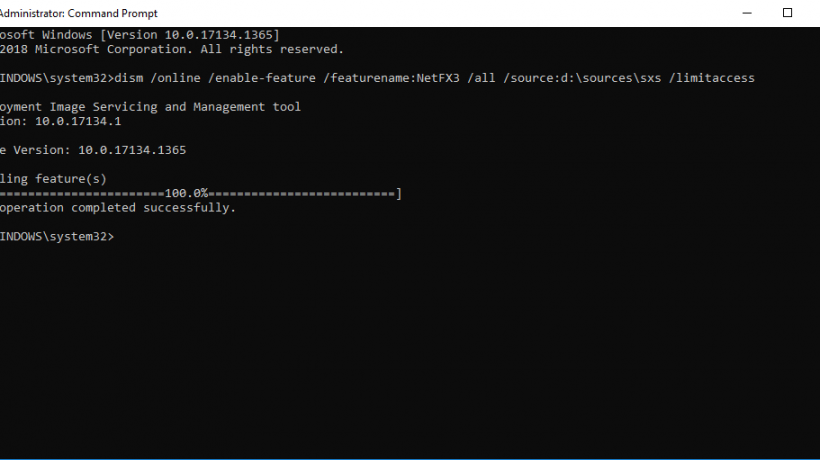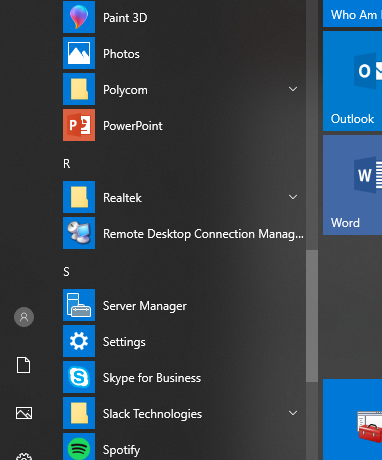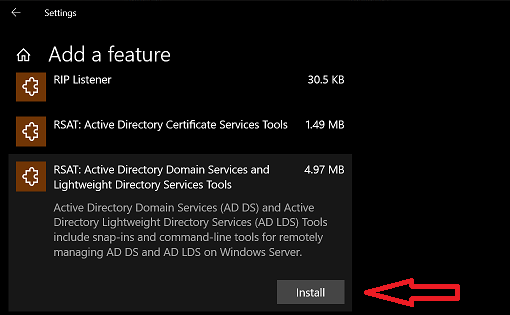Mary Jo Foley asked the question “What Makes Microsoft Tick?“. It’s undeniable that Microsoft has improved by leaps and bounds since Satya Nadella took the reigns from Steve Ballmer in 2014. They’ve changed internally and how they interact with the end users to their product lineup. Another big thing that’s changed is how they treat the competition. No longer are they the enemy that must be squashed by any means necessary, but another market to leverage. It’s a friendlier, more approachable Microsoft.
Her article is a good read with a lot of excellent points. While Nadella has killed some great products, he has the internal insight to see what is successful and what is not as well as the deeper analytics of market trends. I’m definitely looking forward to what’s in the future for this “new” Microsoft under Nadella. It’s been almost 5 years, and it’s been great so far (and the stock agrees with that).
Since Satya Nadella took the CEO spot almost five years ago, it’s been hard to avoid reading about Microsoft’s new mission statement: Empower every person and every organization on the planet to achieve more. But many underestimate how this sappy-sounding tagline plays into how Microsoft operates these days.



